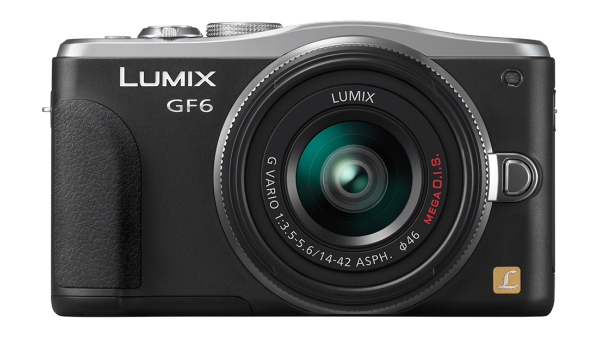Why you can trust TechRadar
Since the Panasonic GF6 features the same sensor as found on the Panasonic GX1, we had pretty high hopes for Panasonic's entry-level CSC. It's good to see the company using technology from higher up its range to boost the appeal of its beginner cameras.
Considering that the sensor is matched with an improved Venus engine, performance from the Panasonic GF6 should be better than from the Panasonic GX1. The fact that it has 16 million pixels also makes it more competitive with the likes of the Sony NEX-3N.
Happily, we've been very impressed by the image output of the Panasonic GF6. Images are full of detail, while colours are bright and punchy without being overly vibrant.
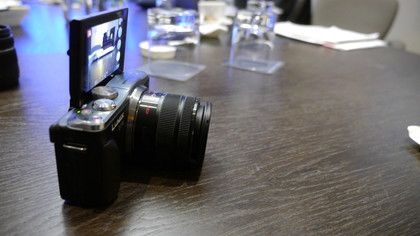
Automatic white balance does a very good job of accurately judging the scene to provide spot-on colours, even when shooting in mixed or under artificial lighting. Similarly, all-purpose metering is a good performer, helping to produce balanced exposures in the majority of conditions - even when confronted with a high contrast situation.
One of the most appealing things about both Olympus and Panasonic cameras is the speed at which they are able to focus. Luckily, the Panasonic GF6 is no different, very quickly and accurately locking onto the relevant subject with ease. The fact that the screen is touch-sensitive is also a huge bonus, since it means you can speedily change the point you want to use.
Speaking of the touchscreen, it is very responsive to use, being a capacitive device, and soon becomes an integral part of how you use the camera. That said, if you prefer physical buttons, the Panasonic GF6 has enough of those to keep you satisfied too.
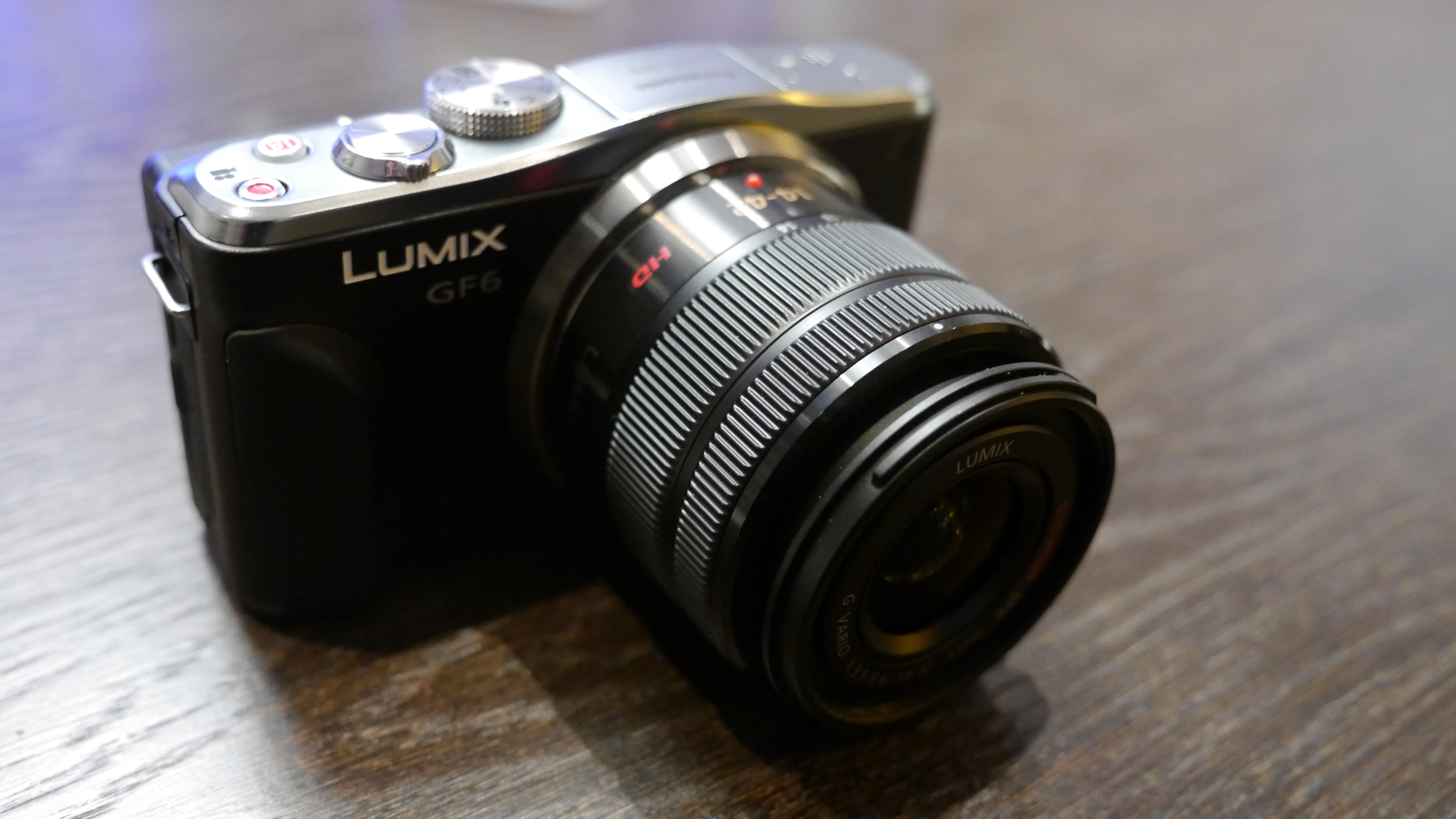
Because the camera has a new Venus engine, one of the key improvements we were looking for was in low light performance. Although noise does begin to appear at mid-range sensitivities, such as ISO 800, it is very fine noise and not too intrusive on pictures, unless you're viewing them at 100%.
As the sensitivity range increases, naturally, more noise starts to creep in, but again images remain useable up to around ISO 3200. After this point, image quality does start to reduce significantly, but it's certainly better than not being able to get the shot at all, and if you're keeping images to very small printing or web sizes, then you can still use them pretty adequately.
The Panasonic GF6 is bundled with Panasonic's SilkyPix software, which enables you to get more out of raw format images, should you need to. Although this program is not as flexible or useful as others, including Canon's Digital Photo Professional, it is useful to use if you want to apply your own noise reduction, for instance if you're shooting something with a fine texture.
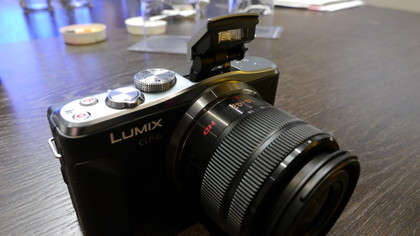
As standard, a 14-42mm manual zoom lens is bundled with the Panasonic GF6, as opposed to the Power Zoom X kit lens that came with the Panasonic GF5. This does increase the overall size of the camera somewhat, but also helps to keep the cost down.
The 14-42mm lens is a new version of the old kit lens, which is smaller than the previous version. With an equivalent focal length of 28-84mm, there's plenty of flexibility here for shooting a wide variety of subjects.
By shooting at mid-range apertures, such as f/8, we can assess the sharpness of the lens and how it performs with the Panasonic GF6's sensor. One of the claims that Panasonic makes about its Micro Four Thirds range of cameras is that edge-to-edge sharpness is better than from APS-C equivalents.
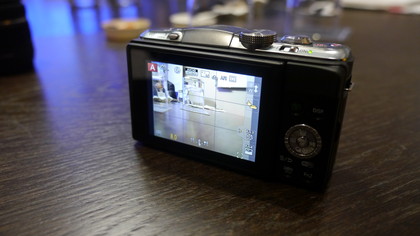
Happily, those claims seem to be well-founded, since our images show a good level of sharpness right the way across the frame, even in the far corners. This is evident even when shooting with the standard kit lens.
For the Panasonic GF6, and Panasonic G6, the manufacturer has introduced some new digital filters that will likely further appeal to the likes of the Instagram generation. New filters include Bleach Bypass and Sunlight mode.
While some of the filters are of course better than others - mostly down to personal preference - we think that Panasonic now has the best range of filters currently available on the market. If only you could shoot these filters while in manual or semi-automatic modes, we'd be extremely pleased.
Current page: Performance
Prev Page Build quality and handling Next Page Image quality and resolutionAmy has been writing about cameras, photography and associated tech since 2009. Amy was once part of the photography testing team for Future Publishing working across TechRadar, Digital Camera, PhotoPlus, N Photo and Photography Week. For her photography, she has won awards and has been exhibited. She often partakes in unusual projects - including one intense year where she used a different camera every single day. Amy is currently the Features Editor at Amateur Photographer magazine, and in her increasingly little spare time works across a number of high-profile publications including Wired, Stuff, Digital Camera World, Expert Reviews, and just a little off-tangent, PetsRadar.
